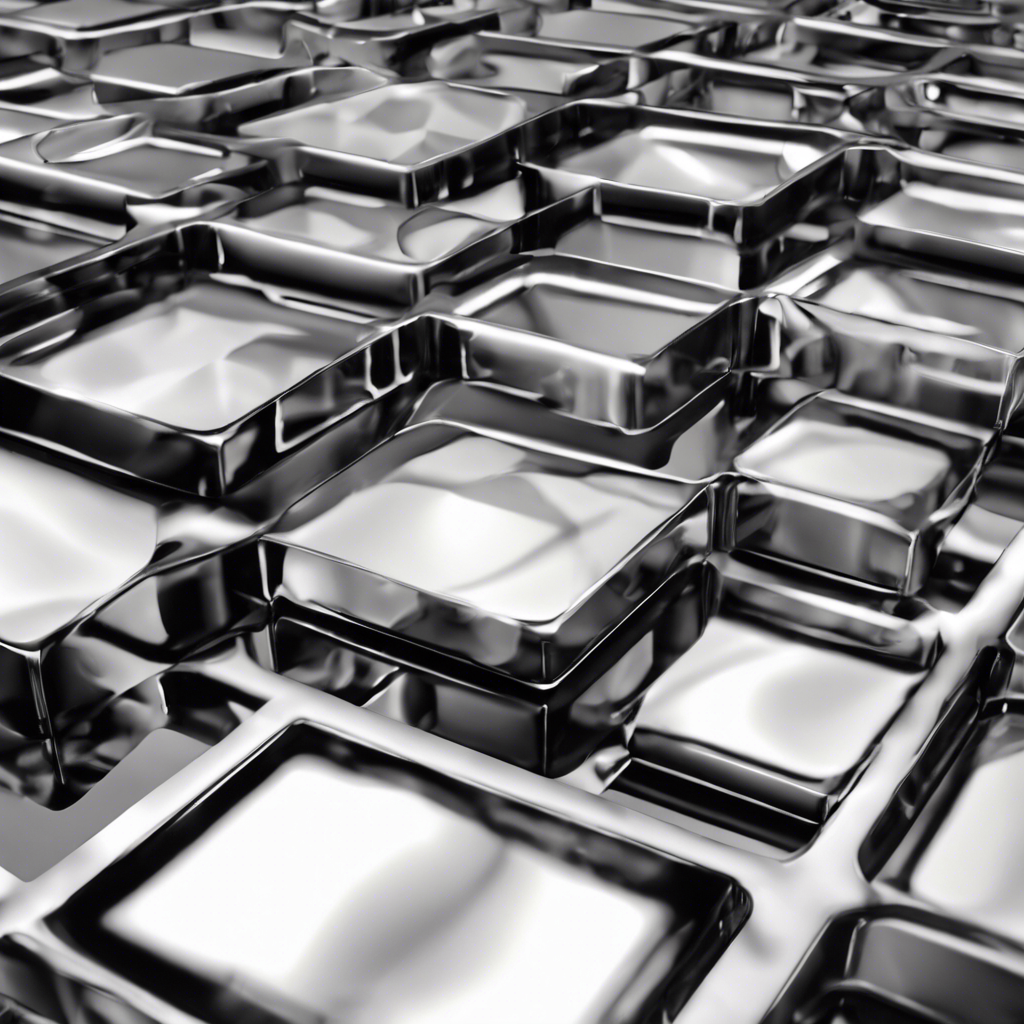New method utilizes van der Waals forces to enable clean and efficient integration of ultrathin materials
Two-dimensional (2D) materials have long been hailed for their extraordinary properties, including high electrical conductivity and optical efficiency, which could revolutionize the field of electronics. However, integrating these ultrathin materials into devices has proven challenging due to their susceptibility to damage during conventional fabrication techniques. In a groundbreaking development, researchers from MIT have devised a novel technique that allows for the seamless integration of 2D materials into devices while maintaining their pristine surfaces and interfaces. By leveraging the forces of attraction at the nanoscale, known as van der Waals forces, the researchers have unlocked new functionalities and opened the door to a wide range of applications in computing, sensing, and flexible electronics.
Overcoming the Limitations of Van der Waals Integration
Integrating materials using van der Waals forces alone is not always straightforward. The forces are dependent on the intrinsic properties of the materials and cannot be easily manipulated. As a result, certain materials cannot be directly integrated using van der Waals interactions alone. To address this limitation, the MIT researchers have developed a platform that enhances the versatility of van der Waals integration, enabling the creation of 2D-material-based devices with improved functionalities. This breakthrough could pave the way for the development of next-generation electronics.
Harnessing the Power of Van der Waals Forces
Conventional fabrication techniques often involve chiseling down rigid materials like silicon and bonding them to other components using chemicals or high temperatures. This process can cause damage to the materials and hinder their performance. In contrast, the MIT researchers have adopted a bottom-up approach, utilizing van der Waals forces to physically stack layers of 2D materials onto devices. Van der Waals forces are natural attractions that exist between all matter and can be harnessed to create clean interfaces between materials.
The Role of an Adhesive Matrix
The researchers have developed an innovative technique that embeds a low-adhesion insulator within a high-adhesion matrix. This adhesive matrix allows the 2D material to adhere to the embedded surface, forming a van der Waals interface between the material and the insulator. By eliminating the need for sacrificial layers or chemical glues, the researchers have achieved a single-step process that keeps the 2D material interface clean and free from defects or contamination.
Enabling Fully Functioning Devices
The clean interface between the 2D material and the device surface enables the material to reach its full performance potential. The researchers have successfully fabricated arrays of 2D transistors using this technique, surpassing the functionalities of devices produced through conventional fabrication methods. Notably, the researchers have demonstrated the creation of p-type transistors, which are typically challenging to make with 2D materials. This advancement opens up new possibilities for practical electronics and provides a platform for further research into the intrinsic properties of 2D materials.
Scalability and Versatility
The adhesive matrix technique developed by the MIT researchers can be applied at scale to create larger arrays of devices. Moreover, it is not limited to specific materials and can be used with a range of 2D materials and other forces beyond van der Waals forces. For instance, the researchers have successfully integrated graphene onto a device using a polymer matrix that relies on chemical interactions. This versatility expands the potential applications of the platform and offers opportunities for exploring the unique properties of different materials.
Conclusion:
The integration of 2D materials into devices has long been a challenge due to the delicate nature of these ultrathin structures. However, researchers from MIT have developed a groundbreaking technique that overcomes this hurdle by utilizing van der Waals forces to create clean and efficient interfaces. By embedding a low-adhesion insulator within a high-adhesion matrix, the researchers have enabled the physical stacking of 2D materials onto devices, leading to improved functionalities and performance. This breakthrough opens up new possibilities in the field of electronics and paves the way for the development of advanced computing, sensing, and flexible electronic devices. With further advancements and research, this platform could unlock the full potential of 2D materials and revolutionize the future of technology.











